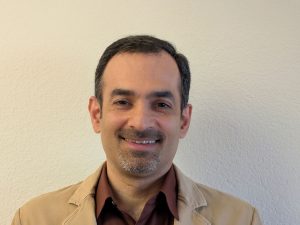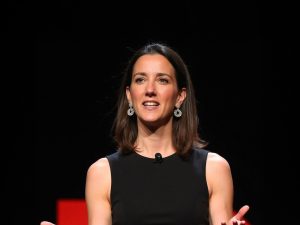The competition for skilled workers has never been fiercer. Companies can no longer rely on local talent pools or traditional hiring strategies to build competitive teams. With professionals increasingly mobile and work becoming location-independent, organizations need fresh approaches to attract and retain the best people globally. Russell Klosk, Managing Director at Deloitte’s consulting practice, has spent years helping major corporations solve these challenges.
Managing Shifts in Global Labor
Klosk’s career spans both consulting and internal leadership roles at companies like Microsoft and HP. His perspective on global workforce management comes from watching how work has fundamentally changed over decades. “Muscle jobs will always go where muscle is cheapest,” he explains, describing how manufacturing moved from Western countries to emerging economies throughout the industrial revolution. But something different is happening now. “China and India today are no longer low wage, they’re medium wage,” he notes. “It doesn’t cost as much in India as it does in Western Europe or the United States.”
This shift matters because it shows how quickly economic conditions change, forcing companies to constantly reassess where they source talent. The bigger change involves knowledge work. Unlike manufacturing or trades that require physical presence, many professional roles can happen anywhere. “For a lot of the knowledge work, the back office, the middle office, accounting, IT, finance, procurement, all of those things can be done from anywhere in this world,” Klosk points out.
Understanding Modern Talent Movement
The pandemic accelerated trends that were already building. Highly skilled professionals became more willing to relocate for better opportunities or quality of life. “The higher demand, higher wage jobs and the wealthy will follow the tax breaks,” he observes. This creates challenges for countries trying to retain talent while also opening opportunities for those willing to adapt. Generational differences add another layer of complexity. Younger workers approach careers differently than their predecessors. “Their value train is more about work-life balance and it’s more about doing jobs that are meaningful and less about loyalty to a particular employee or a particular industry,” Klosk explains. Some refuse to work in entire industries due to philosophical disagreements, creating recruitment challenges in sectors like oil and gas.
Treating Talent Like Any Other Business Asset
Companies need to change how they think about workforce planning. Klosk suggests approaching talent the same way organizations handle financial constraints. “Look at talent and say, this is what my talent can do, this is what I want to do. This is what it would take to get there. Does that make sense?” This requires implementing what he calls talent marketplaces. These systems help employees see growth paths within the organization while aligning their ambitions with business needs. “I need to align my business need to employee ambition better because people will stay where they see growth opportunity and where they see a path,” he emphasizes.
Continuous training becomes essential in this model. “In a world of AI and everything moving so fast, I need to constantly upskill my people,” he states. He acknowledges that companies will lose some people they train, but believes the alternative is worse. “If you don’t build the workforce for tomorrow, you’re going have to go buy it somewhere and you’re going to lose all of them anyway.”
Scaling Talent for Global Growth
When scaling internationally, leaders must consider both where their growth opportunities exist and where they can find the talent to capitalize on them. Manufacturing decisions involve massive investments that require long-term workforce planning. “Even if I’m Nike and I want to build a factory in Vietnam that produces sneakers, it’s a multi-hundred-million-dollar investment before I get anywhere near the workforce,” Klosk notes. He encourages leaders to look beyond traditional markets. Many companies focus exclusively on established regions while missing opportunities in emerging economies. “Don’t forget Latin America or Africa,” he advises. “These are emerging cities and they are educating their workforces and the people that tap into that are going to win 20 years from now.”
The workforce now includes five generations working simultaneously, each with different expectations and skills. This complexity has elevated talent management from an administrative function to a strategic imperative. “HR professionals have been talking about that change and seat at the table for 20 years. Whether they’re ready for it or not, it’s now,” Klosk concludes.
Follow Russell Klosk on LinkedIn for more insights on workforce strategy and global talent planning.











